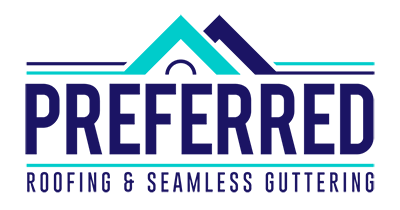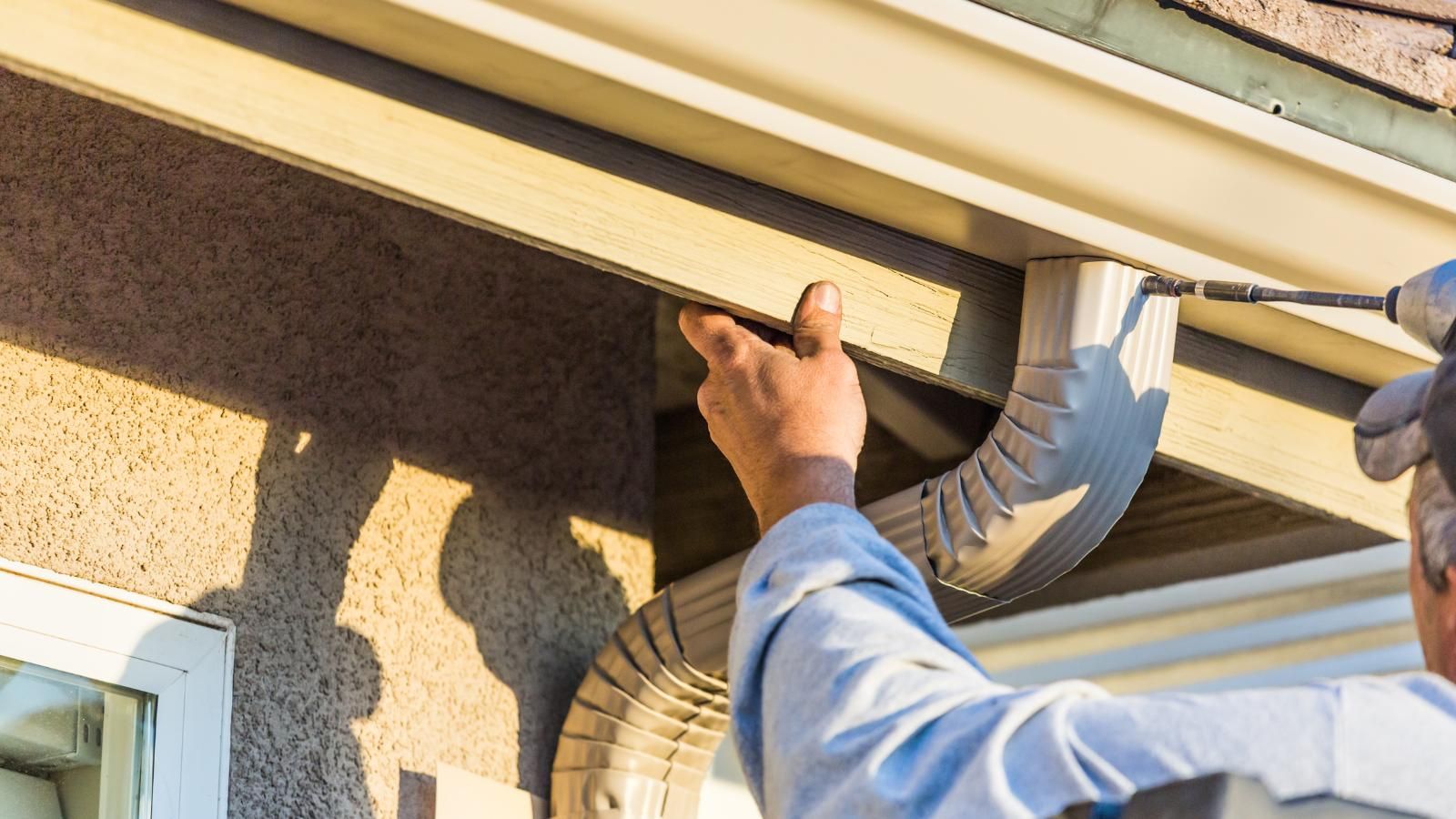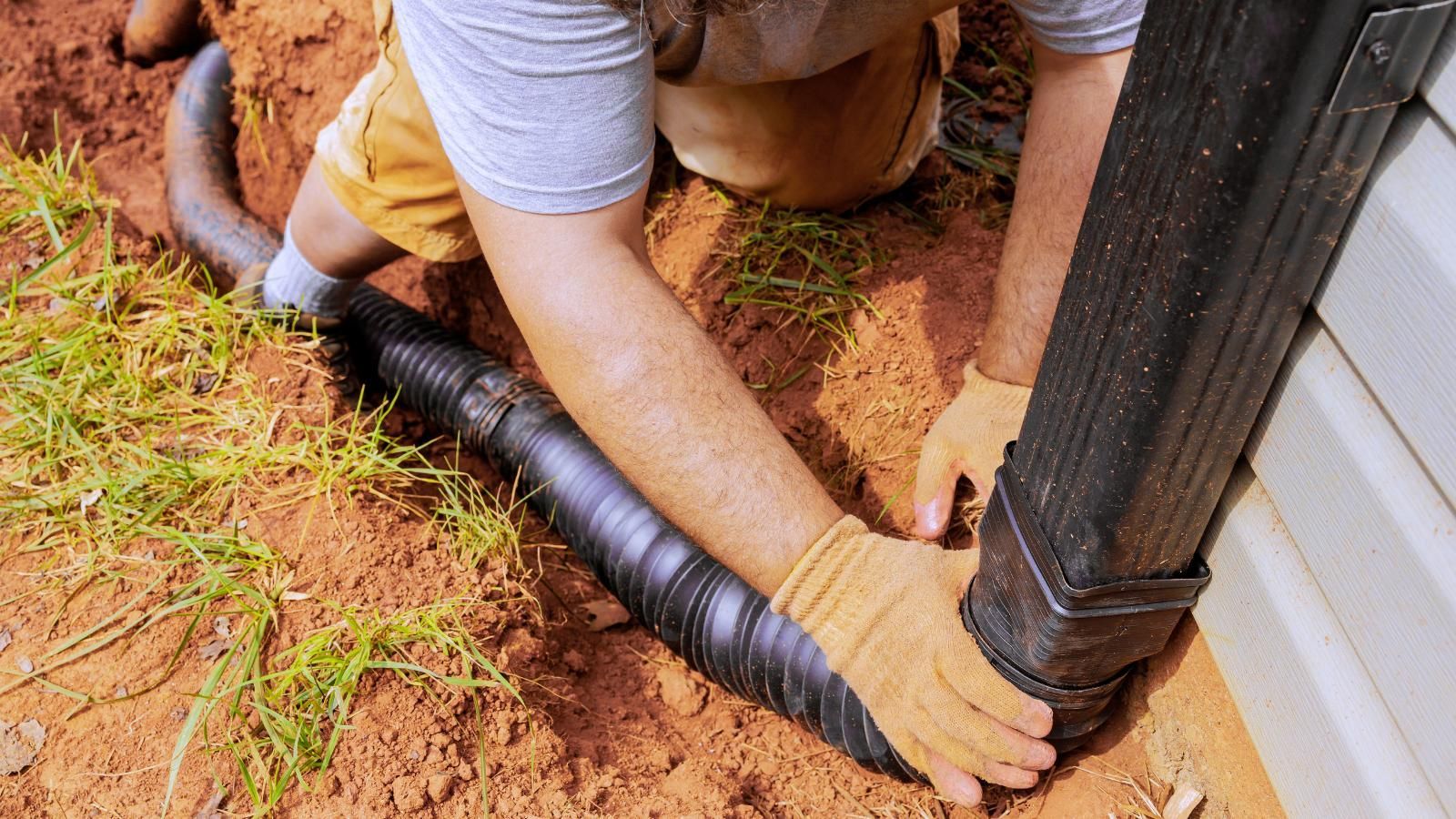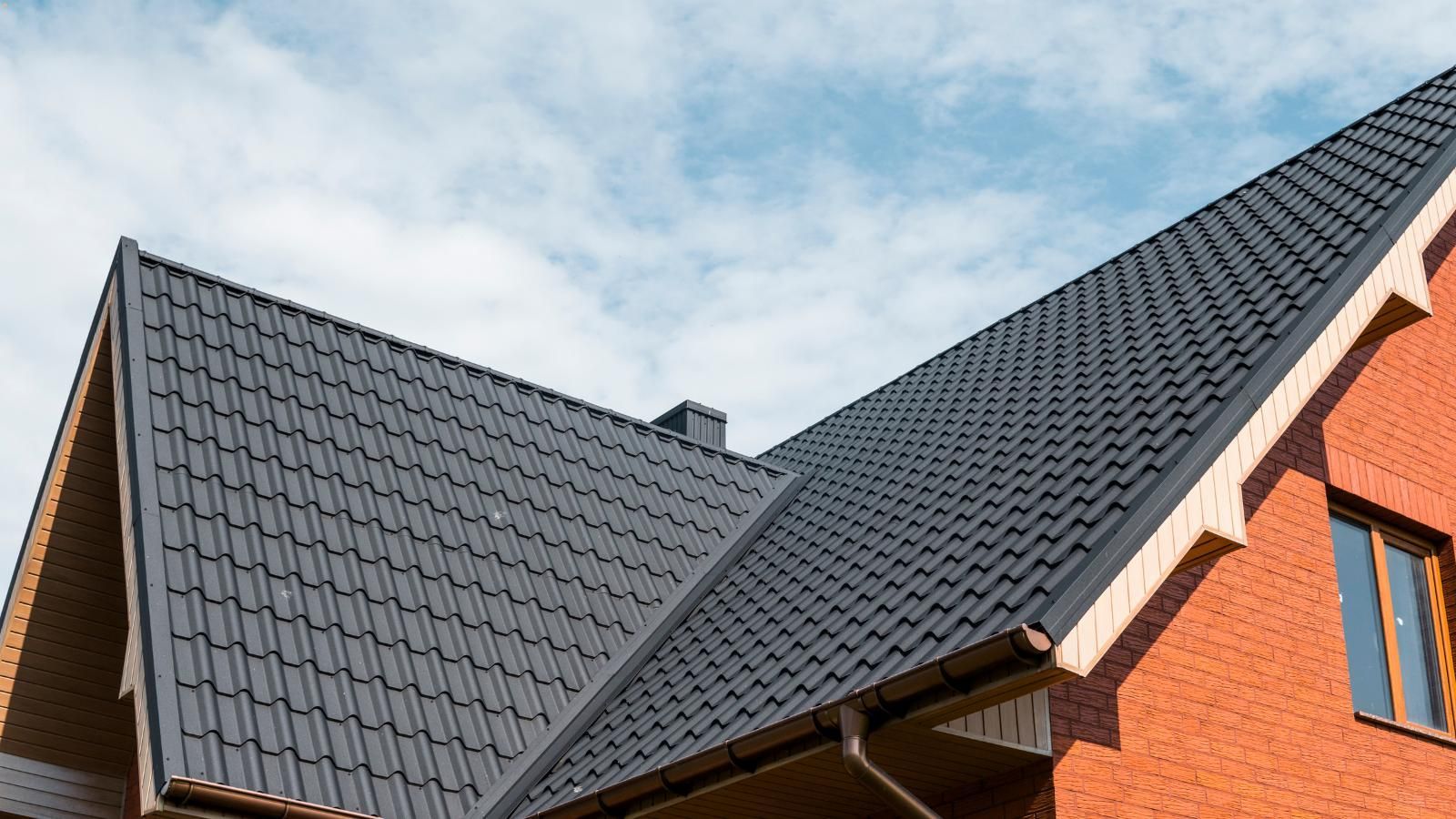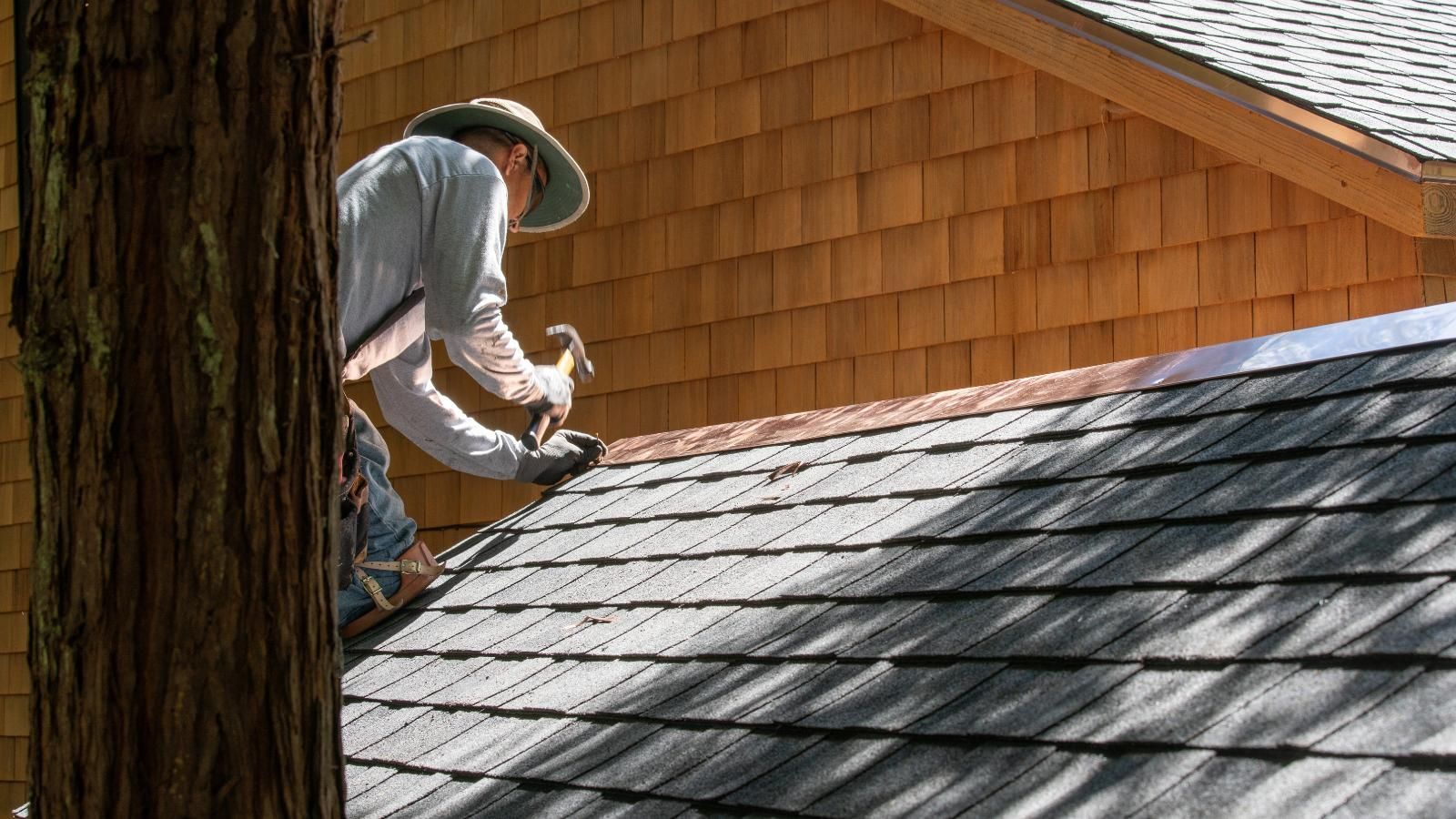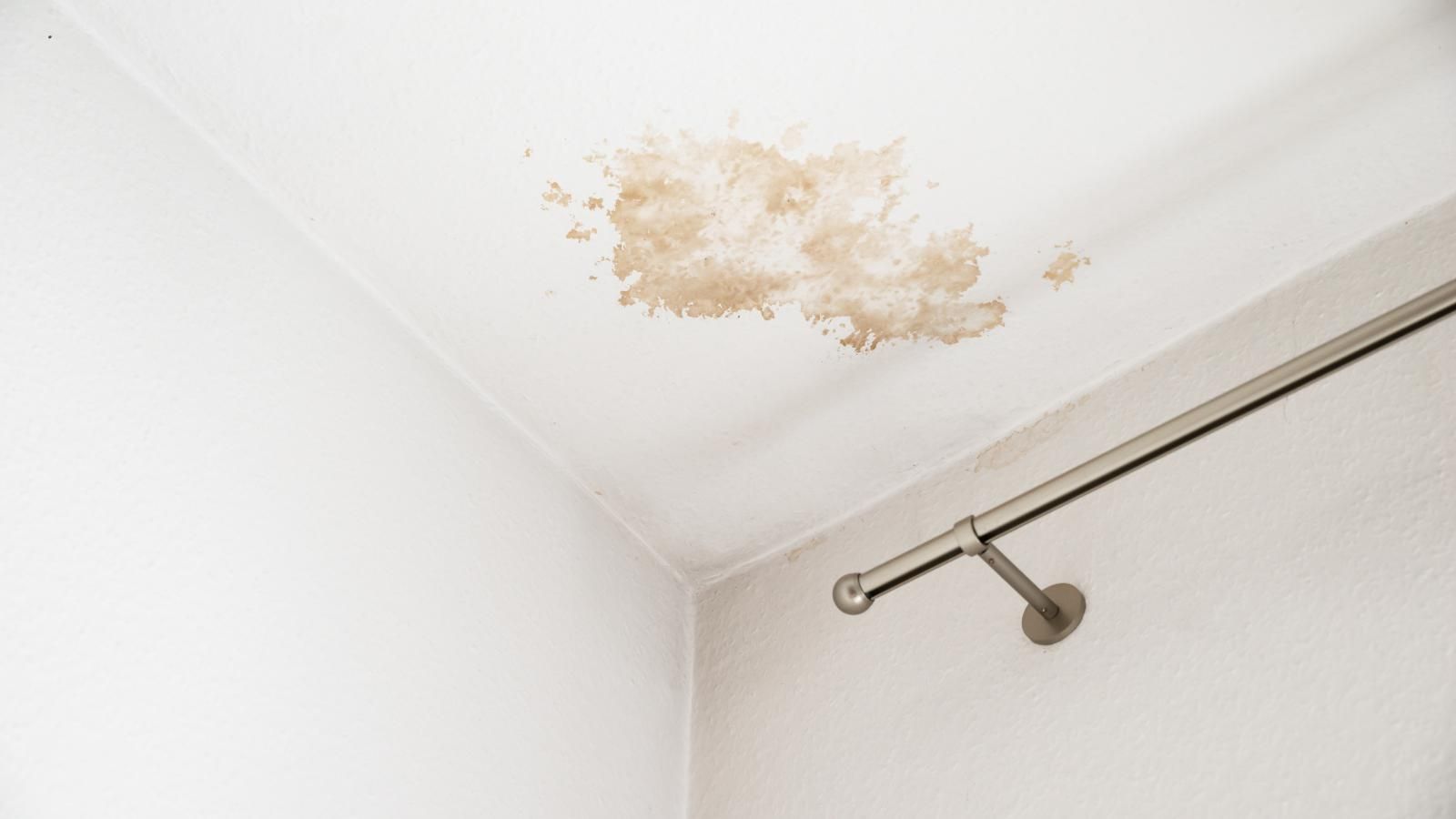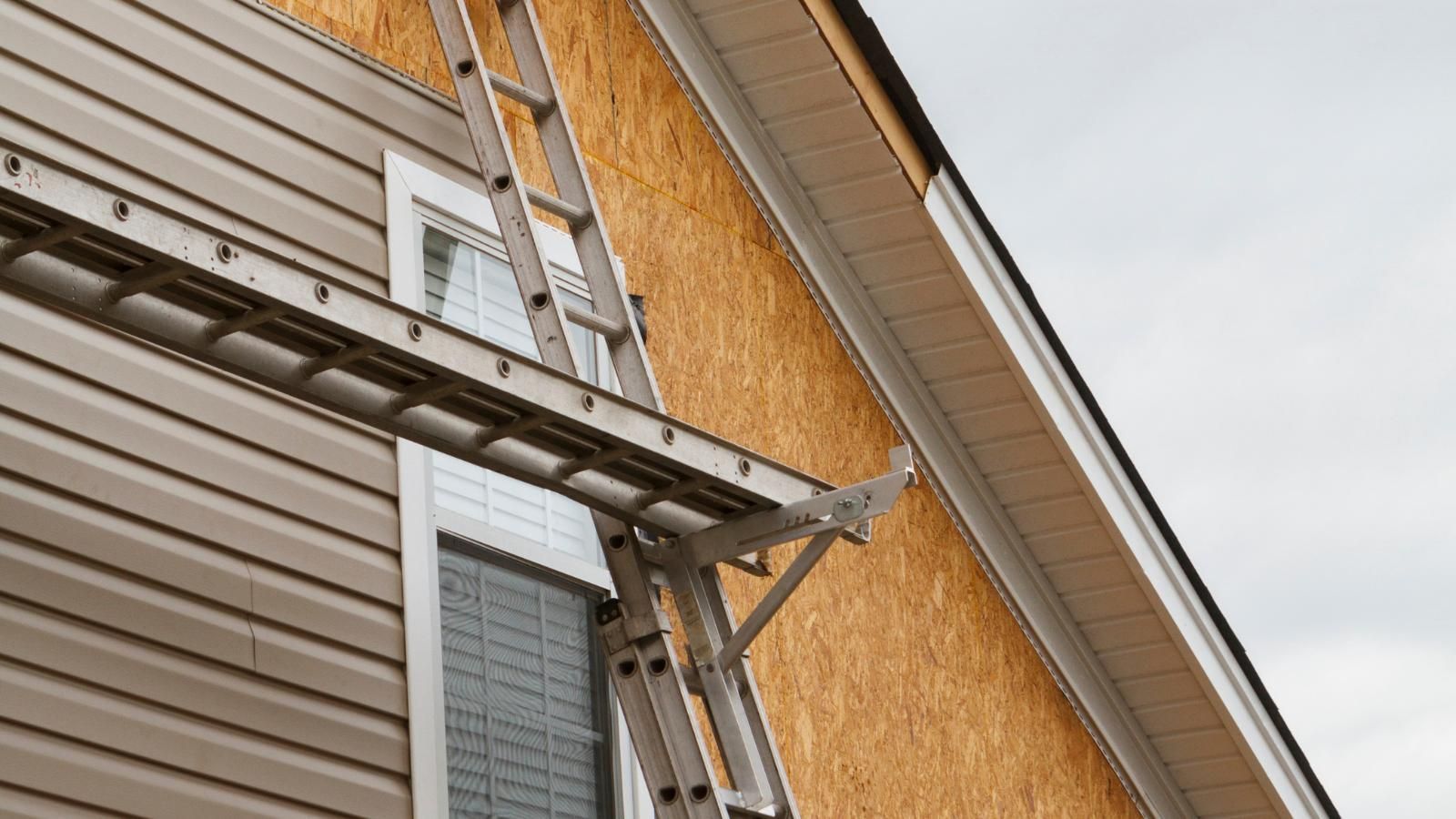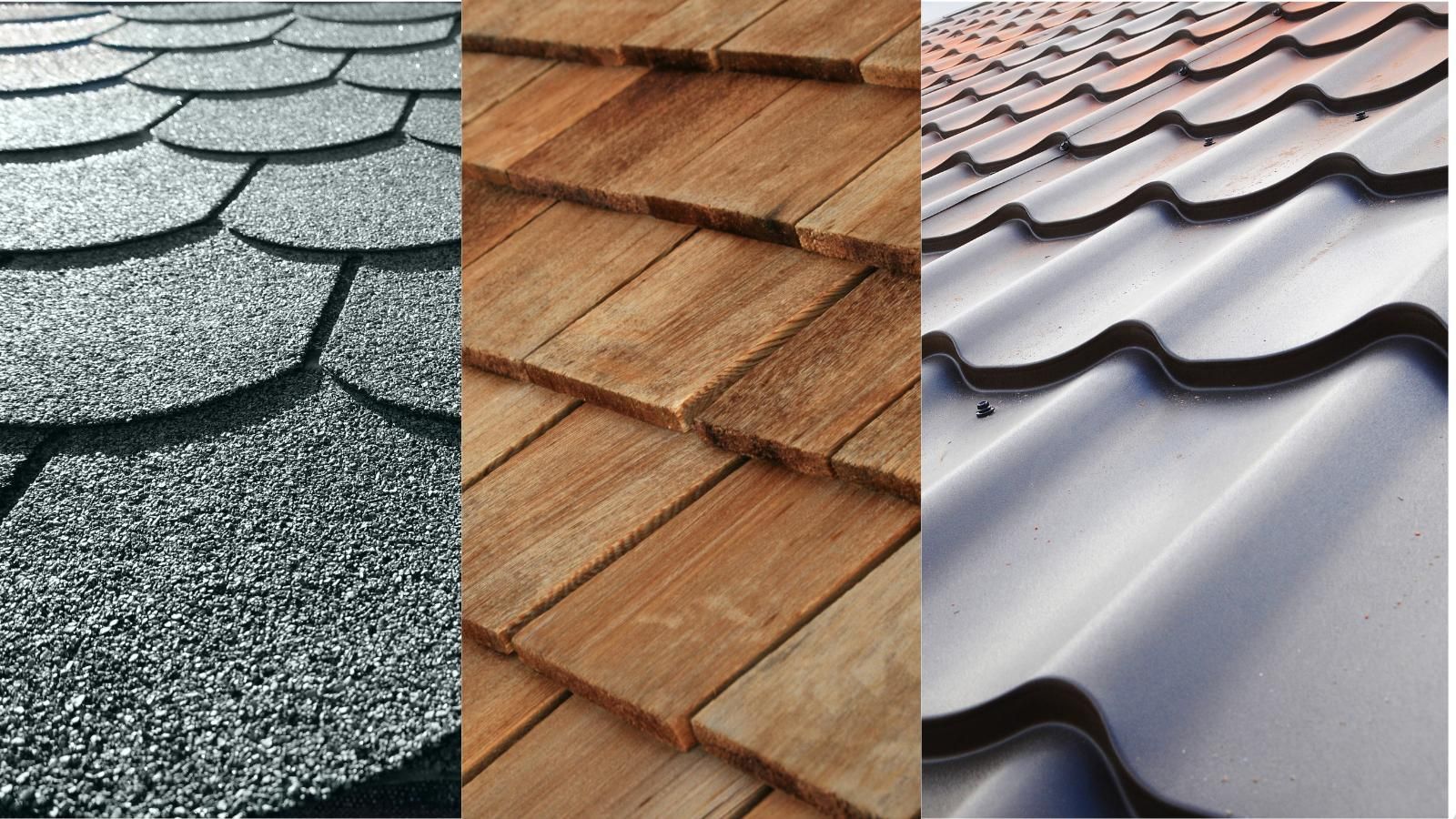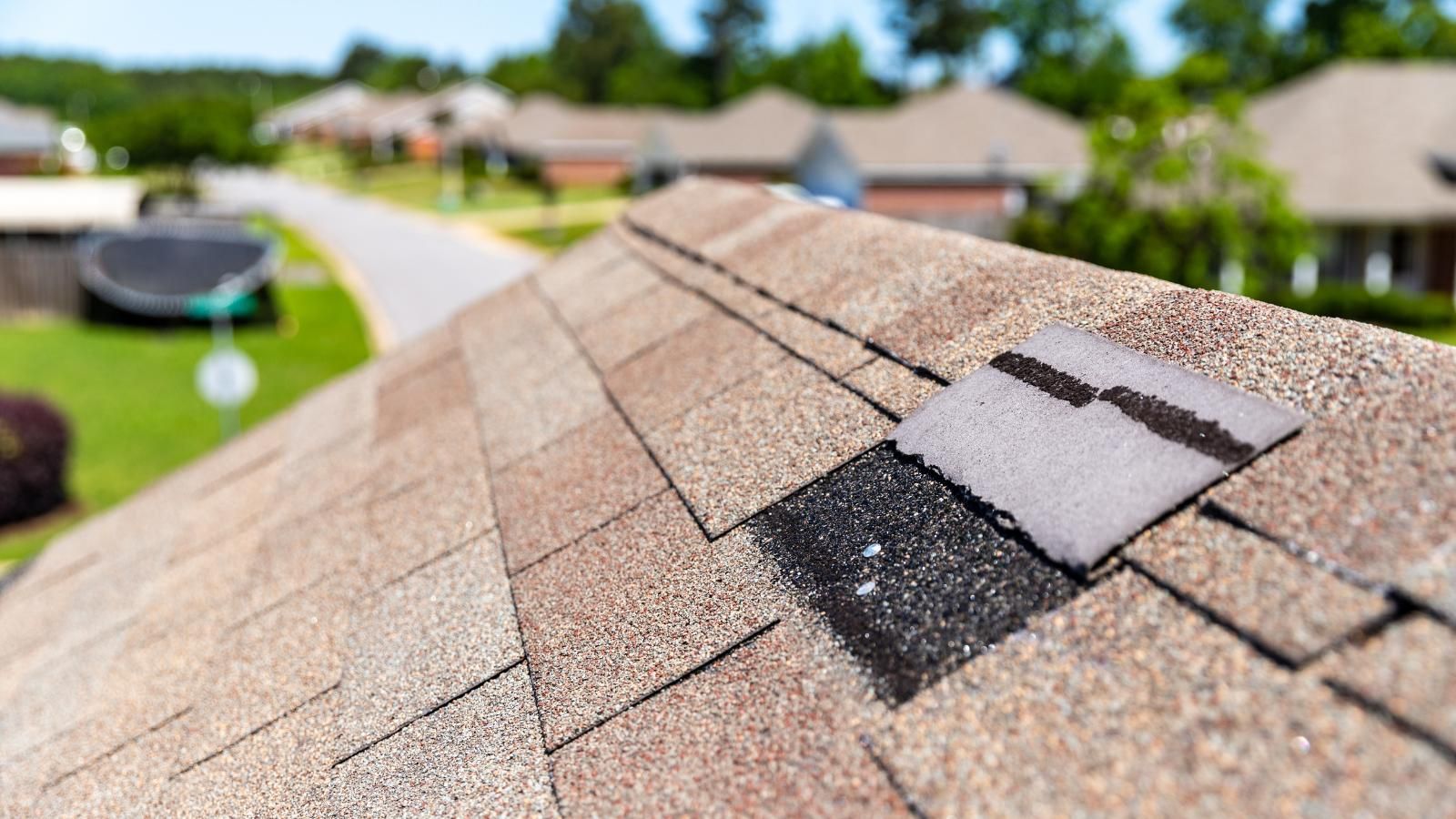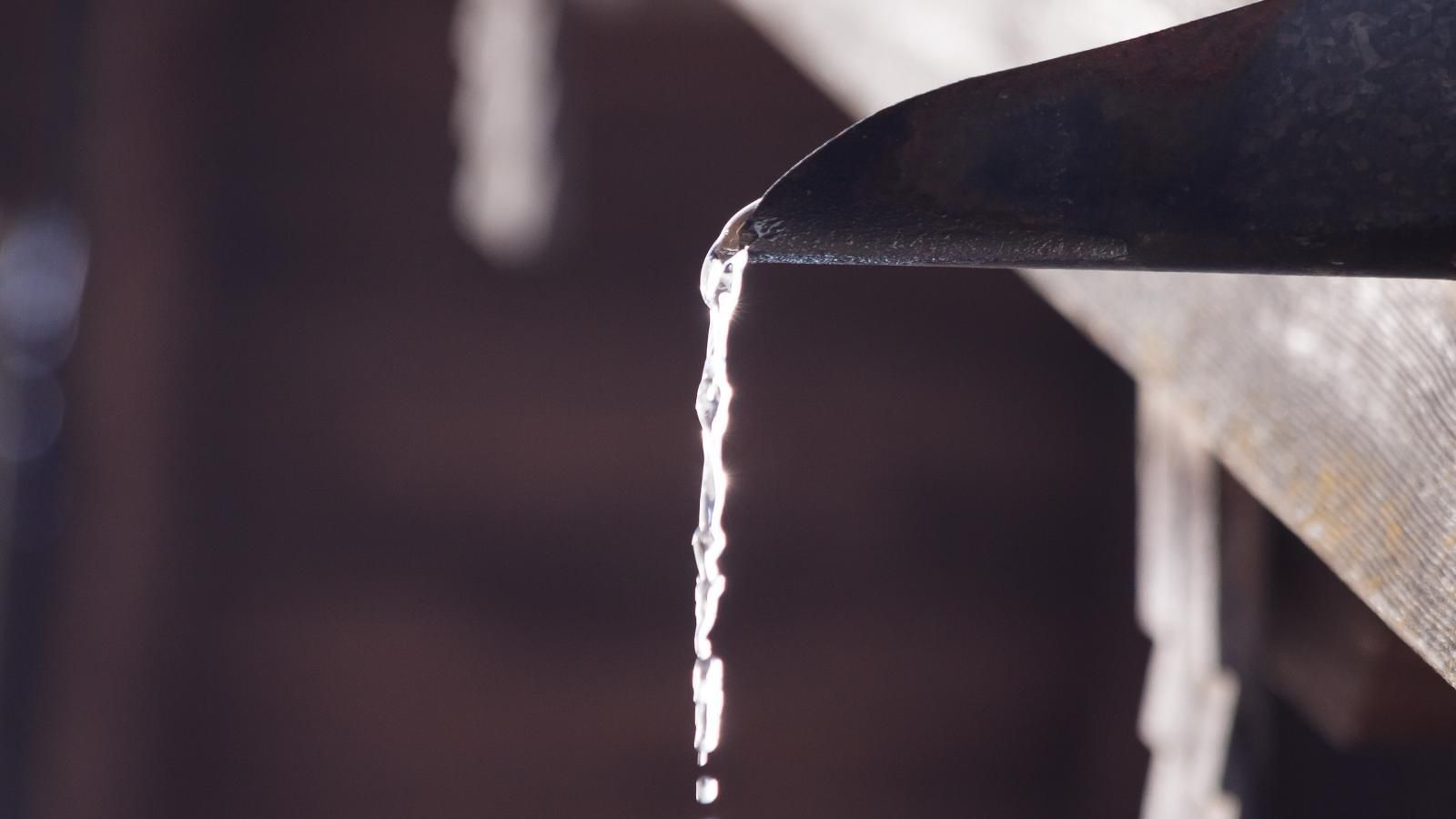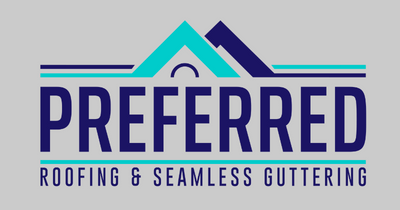Roof Lifespan Explained: How Long Should Yours Last?
When searching for a roofing company, the reality of managing the home repair budget comes to mind. Few expenses feel as costly or urgent as a complete roof replacement. Understanding your roof’s lifespan is about smart, long-term planning. Your roof protects everything you love inside your home, and when it fails without warning, the stress and cost can be overwhelming. The more you know about how long a roof lasts, what signs to look for, and how often to replace your roof, the better prepared you will be for any surprises and to budget accordingly.
This guide will help you budget wisely and breathe easier:
- The Typical Lifespan for a Residential Roof
- Signs Your Roof Needs to Be Replaced
- Factors that Affect a Roof’s Condition
- The Difference Between a Residential and a Commercial Roof
- How Often Should Your Roof Be Replaced

The lifespan of your roof varies widely based on the material, the quality of the installation, and the level of maintenance. A residential roof usually lasts between 25 and 50 years, although local climate conditions, extreme weather, and proper maintenance can affect its longevity. The type of roofing material used makes a difference.
Asphalt shingles last 20-30 years, while slate, metal, or clay tiles exceed 50 years when installed correctly. Additional popular roofing options – asphalt, architectural, metal composite, slate, and clay will be covered below to help you make informed decisions.
Lifespan of Common Residential Roofing Materials
Choosing the correct roofing material is crucial for longevity. As noted above, standard asphalt shingles typically last 20 – 30 years. Architectural asphalt shingles are thicker and more durable, lasting 40 – 50 years when maintained. With a lifespan of 40 to 70 years, metal roofs are highly resistant to wind, fire, and pests, providing excellent protection. Tile and slate roofs are among the longest-lasting roofing materials, lasting between 50 and 100 years. And let’s not forget those flat roofs, often used on additions or modern homes. Depending on the material (EPDM or TPO), a typical flat roof lifespan ranges from 15 – 25 years, with diligent maintenance as the key factor to longevity.
When Should You Replace a Roof?
Eventually, exposure to the elements will harm roof materials. So, how often are roofs replaced? An average residential roof should be replaced every 25 to 50 years, depending on the materials used. Certainly, because the weather is unpredictable, you can’t rely on roof age replacement expectancy alone. Watch for visible signs that your roof may need to be replaced, including:
- Curling or missing shingles
- Water stains or leaks
- Moss or algae growth
- Sagging areas
Consult a trustworthy roofing company if you notice any of these signs. Better yet, take a proactive approach and schedule regular roof inspections, especially after your roof passes the halfway mark of its expected lifespan.
Factors That Can Shorten or Extend Your Roof’s Life
The lifespan of your roof depends heavily on how well it is maintained and the environmental exposure. Heavy snow loads will strain roof structures, UV exposure from scorching heat can dry and crack shingles, and frequent rain or humidity invites mold and moisture damage. Other factors, such as attic ventilation and proper insulation, will regulate roof temperature and prevent condensation, both of which protect roofing materials from damage. If you wonder how often you should replace your roof, know that timely repairs, routine maintenance, and early detection of issues can significantly extend the roof's longevity, thereby delaying costly replacements. Skipping inspections and small repairs expedite roof replacement.
How Commercial Roof Lifespan Differs from Residential
A pitched roof is common on residential homes, while a flat roof is standard on commercial buildings. Commercial roofs are protected with materials like TPO (Thermoplastic Polyolefin), EPDM (Ethylene Propylene Diene Monomer), and PVC (Polyvinyl Chloride) because they offer cost and energy efficiency. The life expectancy of commercial roofs is slightly shorter than that of residential ones, ranging from 15 to 30 years, depending on the material and level of maintenance. Preventive maintenance and routine inspections are essential for business owners. The flat roof design has benefits for businesses, but they are prone to water pooling, membrane punctures, and wear from rooftop equipment. Preventive maintenance avoids business disruptions, costly repairs, and early replacements.
How Often Should You Redo Your Roof?
There’s no single answer to how often you should replace a roof. The key is to understand the typical lifespans of the material used. Asphalt shingles need to be replaced every 20 to 30 years, and architectural shingles can last for 50 years with proper maintenance. Metal roofing is strong, lasting 40 to 70 years, while slate or tile roofs can stretch to 100 years with proper care. Flat roof systems, typically used for commercial properties, have a lifespan of 15 to 25 years, depending on materials such as TPO, EPDM, or PVC.
When your roof is approaching its typical lifespan, also look for signs of damage such as leaks, curling shingles, or structural sagging. A professional inspection is the best way to determine if your roof needs repairs or replacement. Regular inspections, especially after severe weather or when approaching its expected lifespan, will help you make informed decisions about repairs or when to replace a roof.
Plan Ahead for Your Roof’s Lifespan
The longevity of your roof depends on what it’s made of, how well it’s maintained, and the environment it’s exposed to. Different materials last longer than others, as mentioned above. A properly installed asphalt roof can last 25 years, while a metal or tile roof can protect your home for 50 years or more. You can significantly extend the life of your roof, no matter what it’s made of, with regular maintenance and timely repairs.
Be proactive and pay close attention to your roof when it’s 15 years or older. Scheduling a professional inspection now will help you determine if a simple repair will suffice or if a full replacement will be needed soon.
If you’re not sure how old your roof is, contact
Preferred Roofing KC for a trusted inspection anywhere in the Lee’s Summit area, including Raintree Lake, Winterset Valley, Lakewood, or Downtown Lee’s Summit. Our experienced team will help you protect what matters most, starting from the top.
